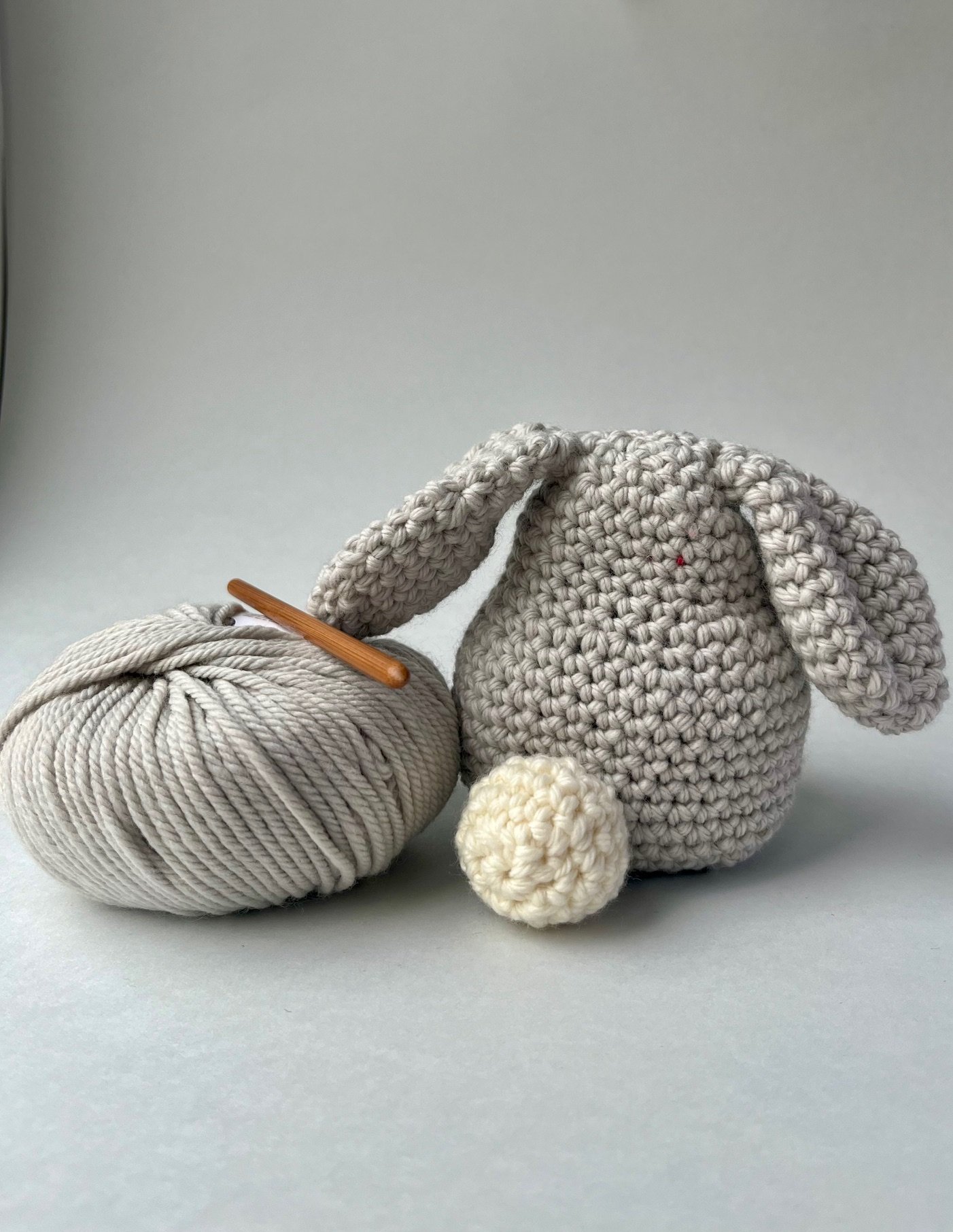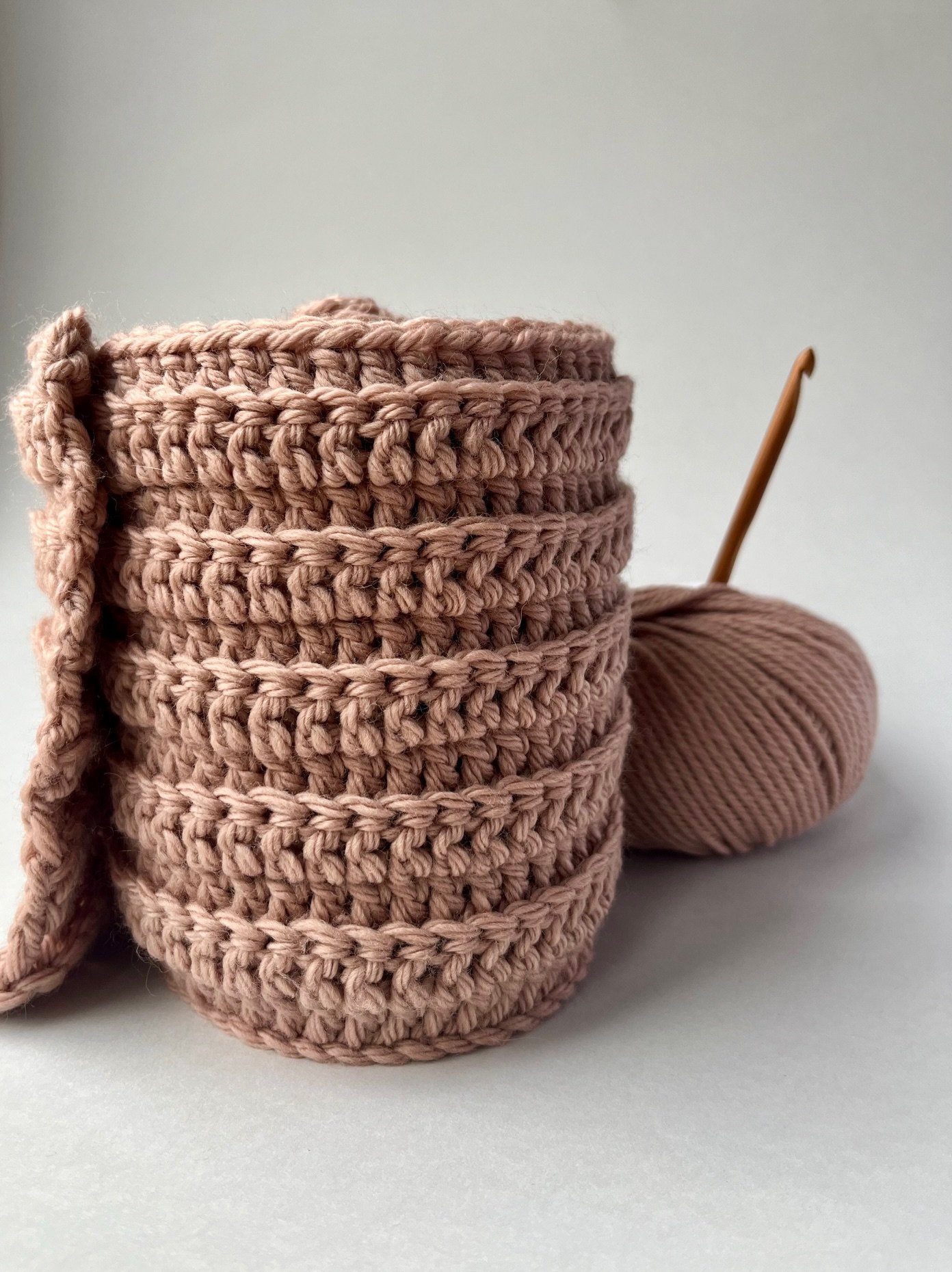Benefits Of Crafting With Eco-Friendly Yarns
Are you worried about the environmental and health impact of your yarn choices?
You're not alone.
More and more crafters are looking for greener options, choosing eco-friendly yarns for their projects.
Eco-friendly yarns are not only kind to the planet, but they can also benefit your health by reducing exposure to harmful chemicals.
This blog post will cover the benefits of crafting with eco-friendly yarns, highlighting why they’re a wise choice for both the earth and your health.
Let's craft a better future, one stitch at a time.
Environmental Impact of Traditional Yarns
Traditional yarns, often made from synthetic fibres like acrylic and nylon, present significant environmental concerns. These materials are derived from petrochemicals, a non-renewable resource, and their production involves energy-intensive processes that contribute to pollution.
Furthermore, these yarns are not biodegradable, meaning they persist in the environment long after their use, contributing to landfill waste.
In addition to production issues, traditional yarns have repercussions during their lifecycle.
When washed, they shed microplastics—tiny plastic particles—that flow into waterways and into our homes, posing a threat to aquatic life and our health.
These environmental impacts underline the importance of seeking sustainable alternatives, such as eco-friendly yarns.
What Are Sustainable Yarns?
Sustainable yarns are crafted from renewable, biodegradable materials and produced with minimal environmental impact. Unlike conventional yarns, they come from sources that can be replenished naturally over time, such as plants or animals and are processed using eco-friendly methods.
Examples of sustainable yarns include organic cotton, hemp, jute, tencel, bamboo, and wool from ethically raised sheep. These yarns are often dyed with natural dyes, reducing the chemical footprint associated with conventional dyeing processes. By choosing sustainable yarns, you’re supporting a production cycle that prioritises our planet's health.
More on the topic: Sustainable Crochet: Natural vs. Synthetic Yarns
Different Types of Sustainable Yarns
There’s a diverse range of sustainable yarns available to suit every project and preference. Each type offers unique qualities that make them ideal for various crafting endeavours.
Organic Cotton
Opting for eco-friendly organic cotton eliminates the use of pesticides; however, cotton plants still demand substantial water resources. When seeking cotton yarn, prioritize products from organic producers who harness harvested rainwater for irrigation, promoting a more sustainable approach to cotton cultivation.
It's essential to note that recycled cotton textile yarns may incorporate cotton from sources lacking sustainability in their recycling processes. While reusing these fabrics may appear more environmentally conscious than supporting unsustainable cotton production, it poses an ethical dilemma. Striking a balance between sustainability and ethical considerations is vital when navigating the complexities of cotton yarn choices.
Hemp
Hemp yarn is renowned for its durability and strength, becoming softer with each use. Sourced from the hemp plant, it requires minimal pesticides and water, making it a sustainable textile option.
The process of transforming hemp into yarn involves refining the initially coarse fibers into soft, versatile yarn through careful processing and spinning. Hemp's environmental benefits are further enhanced by manufacturers adopting organic farming practices, making it an excellent choice for sustainable clothing, accessories, and home textiles.
Jute
Jute yarn is durable with a rustic look, making it ideal for home decor items like rugs. I also like to use for tote bags!
Jute is environmentally friendly due to its biodegradability, minimal pesticide requirements, and high yields. Conventional jute farming may use pesticides, whereas organic farming opts for natural pest control and organic fertilizers.
The processing of jute involves retting to extract fibers, with some methods using chemicals and others relying on natural processes.
Tencel
Tencel, derived from sustainably sourced eucalyptus wood pulp, is celebrated for its softness, breathability, and moisture-wicking abilities. This yarn is produced through a closed-loop process that recycles solvents, reducing waste and emissions. Eucalyptus trees' rapid growth without excessive water or pesticides further enhances Tencel's sustainability, distinguishing it from other cellulose fibers with its minimal chemical use.
Bamboo
Bamboo yarn is derived from bamboo grass fibers and is celebrated for its sustainability, as this fast-growing crop requires no pesticides and delivers high yields.
However, most bamboo production occurs in China, raising environmental concerns about habitat disruption and possible pesticide use.
The transformation of bamboo into yarn involves intensive chemical processing to make fibers suitable for spinning, which can pose environmental risks if waste chemicals are not properly managed.
Companies that use closed-loop systems, recycling 99% of the chemical solutions, offer a more environmentally friendly approach to bamboo yarn production.
Wool
Sustainable wool comes from sheep that are raised under humane and eco-friendly conditions. It’s warm, resilient, and available in a variety of textures and weights, suitable for everything from cosy jumpers to home decor.
Difference between Natural & Organic Yarns
While the terms “natural” and “organic” are often used interchangeably, they mean different things in the world of yarn. Understanding this distinction can help you make informed choices when selecting materials for your crafts.
Natural yarns are those made from fibres sourced directly from nature, such as animal fleece or plant fibres. However, they may not always be produced in an environmentally friendly or ethical manner.
For example, conventional cotton is natural but often grown using pesticides and intensive water resources.
In contrast, organic yarns are natural fibres that have been grown and processed without harmful chemicals, adhering to specific environmental standards. When you choose organic yarns, you’re supporting practices that promote soil health, biodiversity, and responsible resource use.
More on the topic: The Environmental and Health Advantages of Using Organic Yarn
Organic Hemp Market Bag by Mouse & Sparrow.
Environmental Impact of Microplastics
Microplastics, tiny plastic particles less than five millimetres in size, are a growing environmental concern. Synthetic yarns, such as acrylic and polyester, contribute to this problem when they shed microfibres during washing.
These microfibres make their way into aquatic environments, where they are ingested by marine organisms, disrupting ecosystems and entering the food chain. By choosing natural yarns, you reduce the release of microplastics, playing a part in protecting marine life and maintaining ecological balance.
Health Impact of Microplastics
The presence of microplastics in the environment isn't just an ecological issue; it poses potential health risks to humans as well.
In recent years, the invasion of microplastics into our daily lives has become an alarming environmental and health concern. Among the many sources of these tiny particles, synthetic yarns from our clothing have emerged as a significant contributor, with profound implications for human health.
Microplastics in Our Homes
A startling discovery reveals that 33% of household dust is composed of microplastics from textiles.
These minuscule fibres are not just floating in the air but also settling on our food, leading to an invisible, yet constant ingestion source.
On average, each person may ingest between 14,000 and 68,000 microplastic particles annually through household dust alone. This unintentional consumption raises concerns about the long-term health effects of microplastics infiltrating our bodies.
Historical and Recent Findings on Microplastics
The presence of microplastics in human lung tissue was first identified 30 years ago, highlighting their potential to cause respiratory problems. Textile workers, regularly exposed to synthetic fibres such as polyester and nylon, have reported symptoms like coughing, breathlessness, and reduced lung capacity. These health issues underline the dangers posed by prolonged exposure to microplastics.
Recent research intensifies these concerns, indicating that microplastics could hinder lung recovery and development. Studies on pregnant rats have shown that microplastics can travel beyond the lungs, affecting the heart, liver, kidneys, and even the brain of the fetus.
These findings suggest similar risks could exist for humans, making it imperative to address this burgeoning issue.
How to Choose a Sustainable and Ethical Yarn
Selecting a sustainable and ethical yarn involves more than just picking a fibre type. Considerations should include how the yarn is processed, dyed, and the working conditions of those producing it.
Look for certifications such as Global Organic Textile Standard (GOTS) or Fair Trade, which guarantee that the yarn meets specific environmental and social standards.
Research brands and suppliers to ensure transparency in their sourcing and production practices, ensuring your craft aligns with your values.
More on the topic: Choosing Organic Yarn: Essential Tips
The Consequences of Using Non-Sustainable Yarns
Using non-sustainable yarns can have far-reaching consequences, both environmentally and socially.
The production of synthetic fibres contributes to pollution, resource depletion, and the generation of non-biodegradable waste.
Socially, workers in conventional yarn production may face unsafe working conditions and unfair wages.
By choosing sustainable options, you’re supporting ethical labour practices and contributing to a fairer industry.
Tips for Crocheting with Sustainable Yarns
Here are some tips to get the most out of your eco-friendly materials:
Experiment with Textures
Sustainable yarns come in a variety of textures and finishes. Explore different types to find the one that complements your project.
For example, try a smooth bamboo yarn for intricate lacework or a chunky hemp yarn for sturdy bags. Each texture offers a unique feel and appearance, so don't hesitate to mix and match to achieve your desired effect.
Select the Right Hook Size
Choosing the correct hook size is crucial for working with sustainable yarns. A larger hook might be necessary for looser, more open textures, while a smaller hook can help maintain structure in finer yarns.
Always check the yarn label for recommended hook sizes to ensure your stitches come out evenly and beautifully.
Maintain Consistent Tension
Keeping a consistent tension is key to achieving even stitches, especially with natural fibers that can vary slightly in thickness.
Practice your stitches before starting a project to get comfortable with the feel of the yarn, and adjust your grip as needed to maintain uniformity throughout your work.
Choose Patterns Wisely
Select patterns that highlight the unique qualities of sustainable yarns. For instance, airy and open designs can showcase the lightness of organic cotton, while tight and textured patterns can emphasize the strength of hemp.
Consider the yarn’s drape and texture when picking your next project to fully utilize its benefits.
Care for Your Creations
Eco-friendly yarns often require gentle care to maintain their quality. Hand wash your items in cold water and lay them flat to dry, preserving their natural fibers and extending their lifespan.
Always refer to yarn labels for specific care instructions to ensure the longevity of your handmade items.
Eco-Friendly Storage Solutions
Protect your yarn from damage by storing it in eco-friendly solutions. Use breathable cotton or linen bags to keep your yarn clean and tangle-free, and store them in a cool, dry place to prevent moisture damage.
By taking these precautions, you’ll preserve the integrity and beauty of your sustainable yarns for future projects.
Start with an Eco-Friendly Crochet Kit
For those new to sustainable crafting, consider starting with one of our eco-friendly crochet kits.
Each kit comes with organic merino wool and beginner-friendly patterns, making it easy to create beautiful projects while caring for the planet.
Share Your Crafting Journey
Crafting is a community-driven activity, and sharing your experiences can inspire others to make greener choices.
Share your own tips, projects, and insights on using eco-friendly yarns in the comments below.
Your story could motivate someone to make a positive change in their crafting habits.
Incorporating eco-friendly yarns into your crafting not only benefits the environment but also enhances personal health and supports ethical practices.
Get creative and explore the diverse range of eco-friendly options available!
Together, we can craft a better world.
Happy crocheting!







Create a beautiful, airy texture with this easy filet crochet square pattern — a perfect balance of simplicity and elegance. This pattern uses basic stitches to form open and solid blocks, giving your blanket a light, lacy look without being too delicate. You’ll also learn how to adjust the size, keep your edges straight, and maintain an even tension for a professional finish. Ideal for confident beginners, this square works up quickly and pairs beautifully with other motifs in your crochet blanket series.